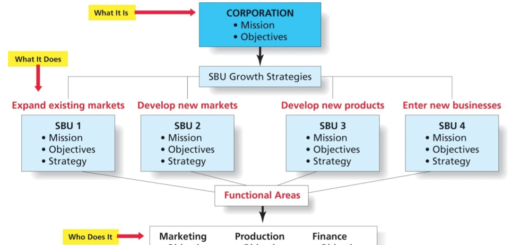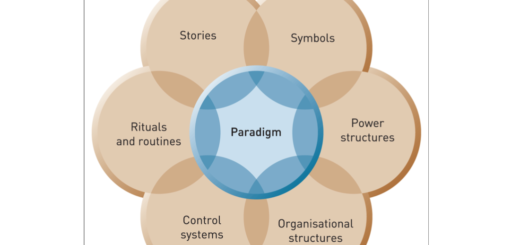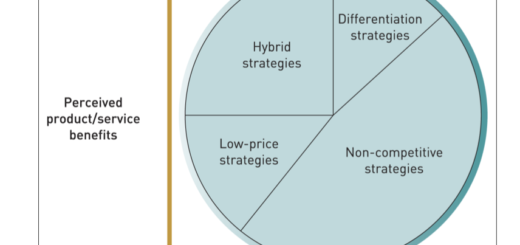Unconscious Bias in Performance Review
Unconscious bias is a type of bias that affects people’s judgments and decisions, often without them realizing it. Unconscious bias can influence performance reviews in various ways, leading to inaccurate or unfair evaluations of employee performance.
Here are a few examples of how unconscious bias can affect performance reviews:
- Stereotyping: Unconscious bias can lead to stereotyping based on gender, race, ethnicity, age, or other personal characteristics, leading to assumptions about an employee’s abilities, work style, or potential.
- Halo/horn effect: Unconscious bias can lead to the halo or horn effect, where a supervisor’s overall positive or negative impression of an employee influences their evaluation of specific aspects of their performance.
- Similar-to-me bias: Unconscious bias can lead to a preference for employees who are similar to the supervisor in terms of background, education, interests, or personality, leading to overlooking the strengths and potential of other employees.
- Confirmation bias: Unconscious bias can lead to confirmation bias, where supervisors seek out evidence that confirms their preconceptions about an employee’s performance while ignoring contradictory evidence.
To mitigate the impact of unconscious bias on performance reviews, organizations can take several steps, such as:
- Providing training and education on unconscious bias and its impact on performance evaluations.
- Standardizing the performance evaluation process, including evaluation criteria and feedback delivery, to reduce subjectivity and variability.
- Encouraging open and transparent feedback and communication between supervisors and employees to reduce the impact of unconscious bias.
- Incorporating multiple perspectives into the performance evaluation process, such as feedback from peers or colleagues.
By taking steps to reduce the impact of unconscious bias, organizations can improve the accuracy and fairness of performance reviews and promote a more diverse and inclusive workplace.






análisis de vibraciones
Aparatos de balanceo: esencial para el funcionamiento suave y efectivo de las equipos.
En el campo de la tecnología avanzada, donde la efectividad y la fiabilidad del aparato son de máxima trascendencia, los aparatos de balanceo desempeñan un papel esencial. Estos sistemas especializados están concebidos para equilibrar y fijar elementos móviles, ya sea en maquinaria manufacturera, automóviles de transporte o incluso en equipos caseros.
Para los profesionales en soporte de sistemas y los profesionales, operar con aparatos de equilibrado es importante para asegurar el operación suave y fiable de cualquier dispositivo giratorio. Gracias a estas herramientas innovadoras sofisticadas, es posible disminuir considerablemente las vibraciones, el estruendo y la esfuerzo sobre los sujeciones, extendiendo la tiempo de servicio de partes caros.
De igual manera trascendental es el papel que desempeñan los aparatos de equilibrado en la soporte al cliente. El apoyo profesional y el reparación regular empleando estos aparatos permiten dar servicios de alta estándar, incrementando la agrado de los clientes.
Para los responsables de proyectos, la contribución en estaciones de calibración y dispositivos puede ser clave para mejorar la rendimiento y productividad de sus aparatos. Esto es particularmente importante para los inversores que administran pequeñas y pequeñas negocios, donde cada elemento cuenta.
También, los sistemas de equilibrado tienen una extensa utilización en el área de la fiabilidad y el supervisión de nivel. Habilitan localizar probables fallos, previniendo intervenciones elevadas y daños a los equipos. Más aún, los datos recopilados de estos dispositivos pueden utilizarse para maximizar procedimientos y mejorar la reconocimiento en buscadores de consulta.
Las áreas de utilización de los aparatos de balanceo incluyen numerosas sectores, desde la fabricación de ciclos hasta el control de la naturaleza. No influye si se habla de extensas elaboraciones productivas o reducidos talleres hogareños, los dispositivos de calibración son indispensables para proteger un desempeño productivo y libre de paradas.